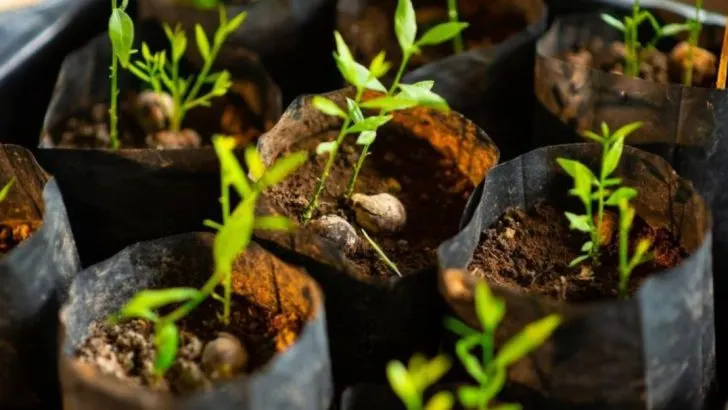Starting a garden comes with one big question: Should you plant seeds or opt for seedlings? The answer isn’t always straightforward, and making the right choice can mean the difference between a thriving garden and one that struggles. Factors like timing, climate, plant type, and your own experience level all play a role in deciding which approach will set you up for success.
Some plants perform best when started from seed, while others benefit from a head start as seedlings. Fast-growing vegetables like radishes and beans are better sown directly, while slow growers like peppers and tomatoes often need a boost from nursery-grown plants. Understanding when to use each method helps maximize yields, extend your growing season, and reduce wasted effort.
With these 12 essential insights, you’ll know exactly when to plant seeds and when to invest in seedlings—so your garden flourishes from day one.
Climate Considerations
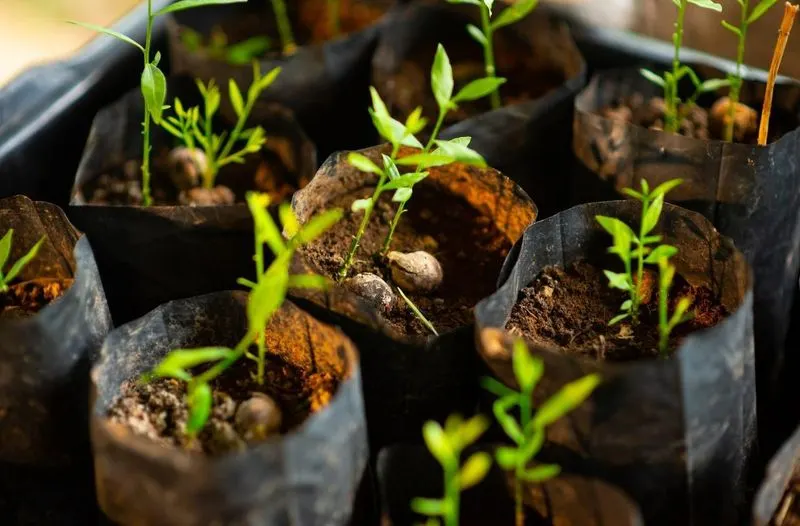
Understanding your local climate is crucial when deciding between seeds and seedlings. Seeds often require more time to germinate and establish, making them suitable for areas with longer growing seasons. In contrast, seedlings offer a head start, allowing for quicker adaptation in regions with shorter growing periods. By assessing the typical weather patterns, gardeners can align their planting strategies with nature’s rhythm. For instance, in colder climates, seedlings might be preferable to ensure plants mature before frost. Meanwhile, seeds can thrive in areas where the warmth extends beyond the usual season duration.
Time and Patience

Gardening demands patience, especially when starting from seeds. The germination period can vary, sometimes taking weeks before any visible growth appears. This waiting game isn’t for everyone. Seedlings, however, reduce this waiting time significantly, enabling gardeners to enjoy quicker results. If immediate gratification isn’t your goal, seeds offer an enriching experience as you nurture them from the very beginning. But for those who prefer to see faster progress, seedlings provide a more instantaneous gardening journey. Balancing these preferences with your personal time availability will guide your planting decisions.
Cost Efficiency
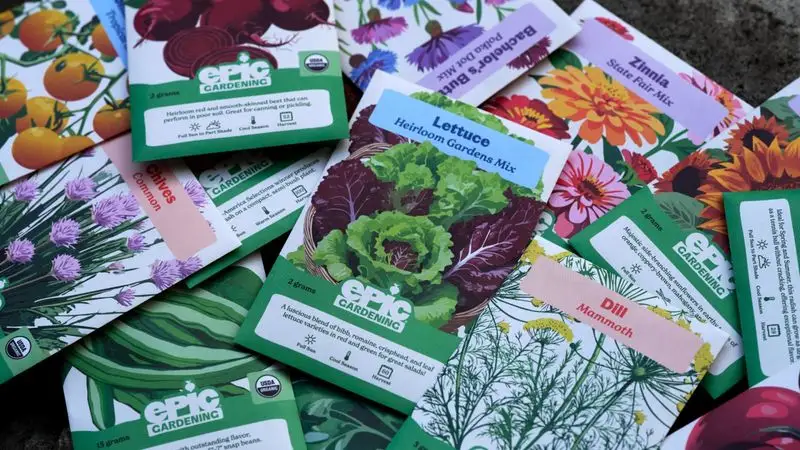
Seeds generally offer a more economical approach to gardening. A single packet can yield numerous plants, proving cost-effective for those on a budget. Conversely, seedlings, while more expensive upfront, may save time and reduce the risk of early-stage failures. This economic consideration is vital for those looking to maximize their investment. Cost-effectiveness also depends on the plant type; some seeds may not germinate well, leading to additional purchases. Thus, evaluating the initial costs against potential yield and success rates helps determine the most financially viable option.
Space Constraints
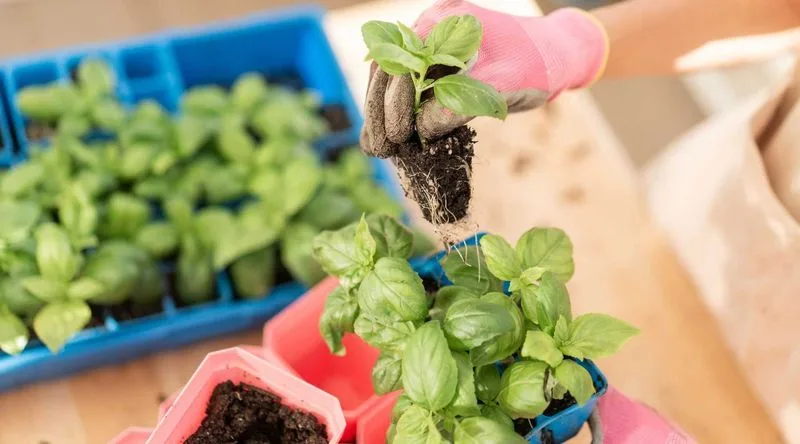
Space influences the choice between seeds and seedlings. For those with limited room, seedlings might be more practical. They require less initial space compared to the trays or pots needed for germinating seeds. As seedlings are already established, they can be directly planted into their final locations, saving precious room. Gardeners with expansive areas might prefer seeds, enjoying the flexibility to plant en masse and accommodate various growth stages. Consideration of available space ensures that your gardening practices are both efficient and rewarding, regardless of the size of your environment.
Plant Variety
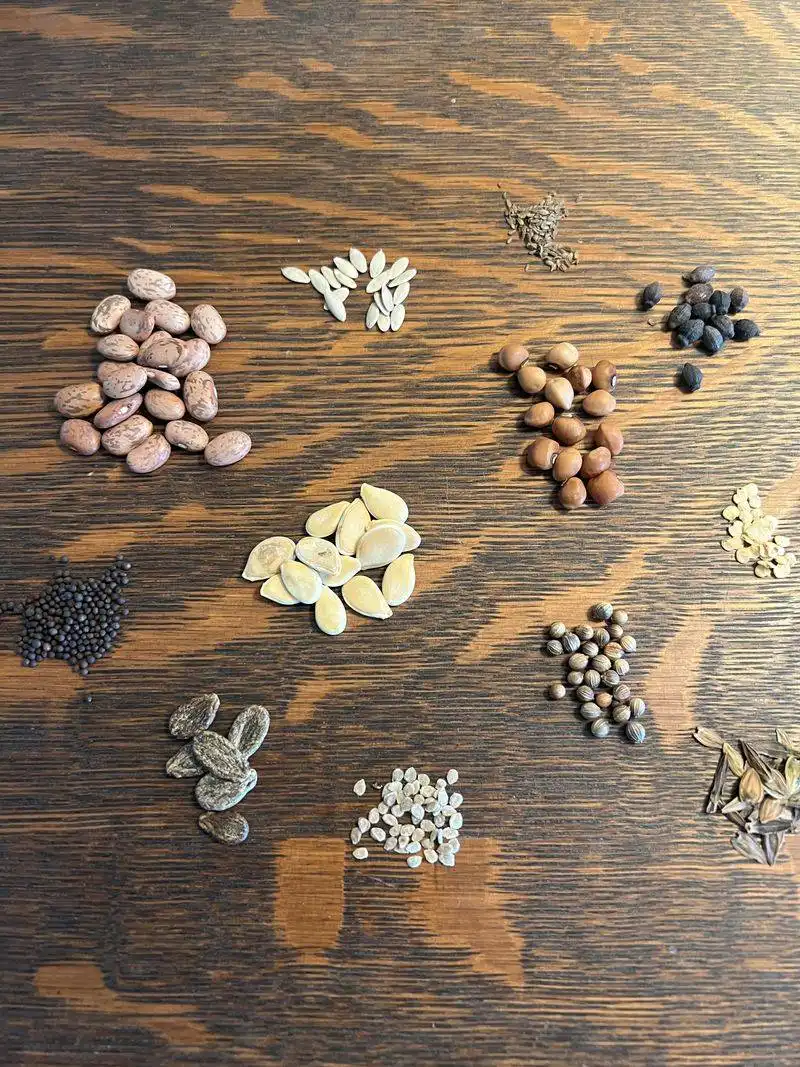
The diversity of plants you wish to cultivate affects whether seeds or seedlings are more suitable. Seeds provide access to a broader range of plant species, including rare and heirloom varieties that might not be available as seedlings. This variety enables gardeners to experiment with unique plants and tailor their garden to their preferences. In contrast, seedlings typically offer a limited selection, focusing on popular and easy-to-grow species. By determining your garden’s diversity needs, you can choose the method that aligns best with your botanical interests and aspirations.
Soil and Environmental Conditions
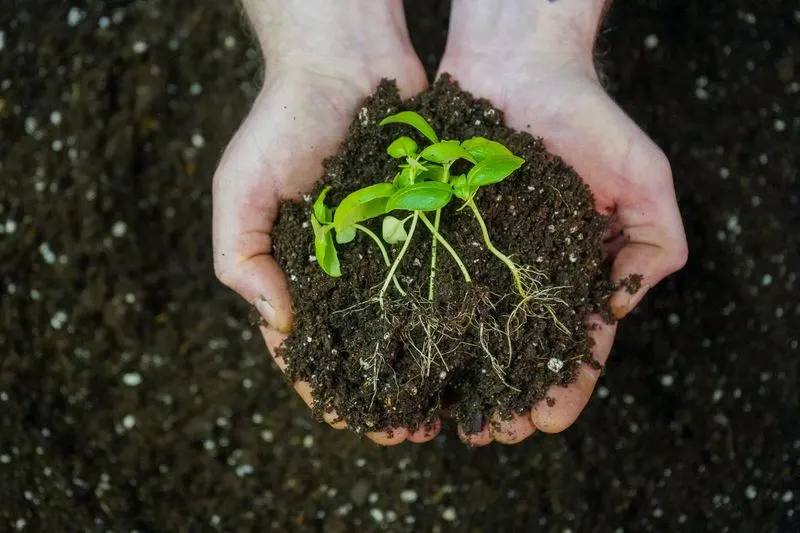
Soil quality and environmental conditions greatly influence the success of seeds and seedlings. Seeds may require specific soil types to sprout successfully, demanding careful preparation and attention. Seedlings, being more mature, can adapt better to a range of conditions, offering more resilience in less-than-ideal environments. Understanding your garden soil and environmental factors, such as sunlight and moisture levels, will help you choose the most appropriate option. This awareness allows for strategic planting that enhances growth potential and minimizes the risks associated with poor soil or adverse conditions.
Risk of Pests and Diseases
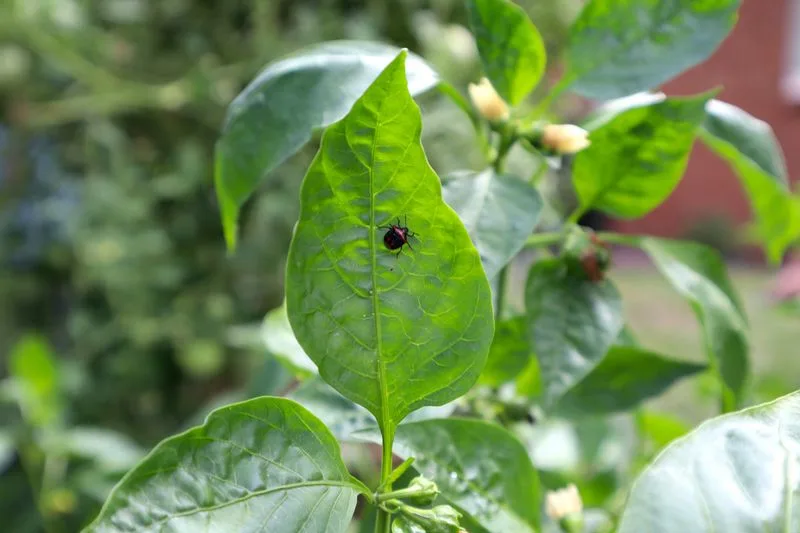
Seeds are often more vulnerable to pests and diseases during their early stages. As they germinate, their tender shoots can attract a variety of threats. Seedlings, on the other hand, have surpassed this fragile phase, providing an inherent resilience against common garden pests and diseases. By assessing the prevalent threats in your area, you can tailor your approach to reduce risks. Implementing protective measures, such as netting or organic treatments, further safeguards your plants. This consideration is crucial for maintaining a healthy and thriving garden environment.
Yield Expectations
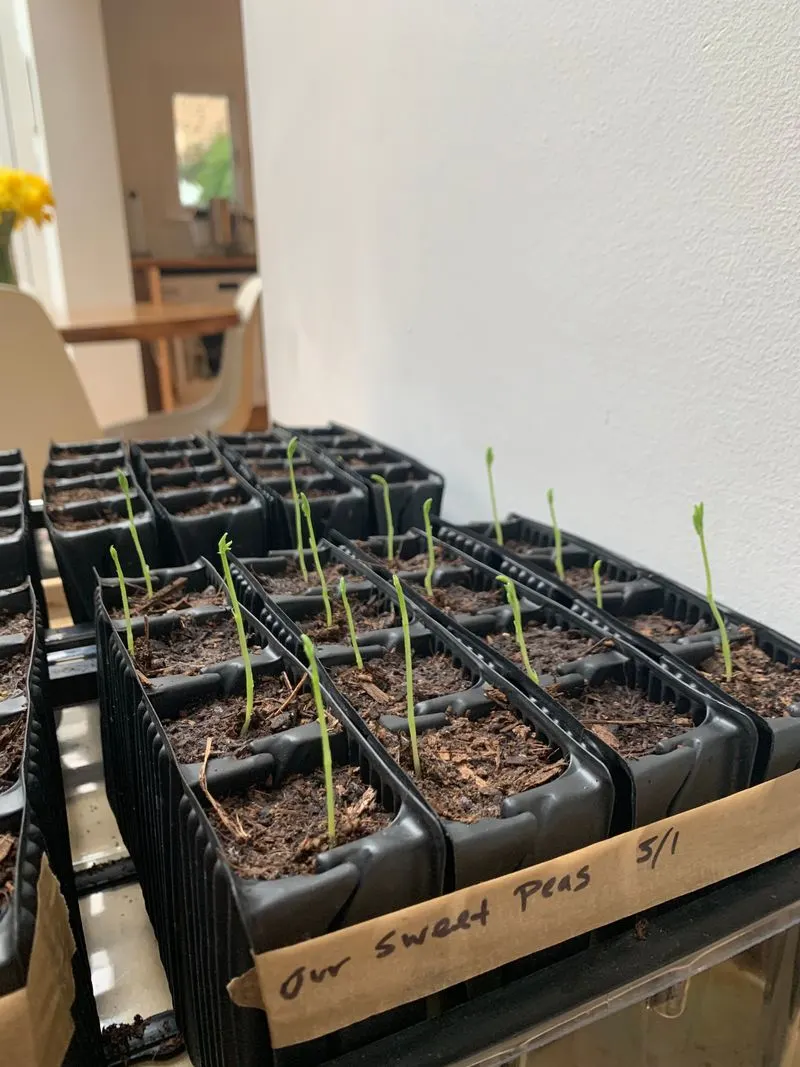
The expected yield can steer the choice between seeds and seedlings. While seedlings can offer a more predictable outcome due to their mature state, seeds might surprise with a higher yield, given proper care and conditions. Gardeners aiming for bountiful harvests might opt for seeds, embracing the potential for abundant growth. However, if predictability and stability are priorities, seedlings provide reassurance. Balancing these expectations allows gardeners to plan effectively, aligning their cultivation methods with their desired outcomes. Careful consideration of yield expectations informs a strategic approach to planting.
Seasonal Timing
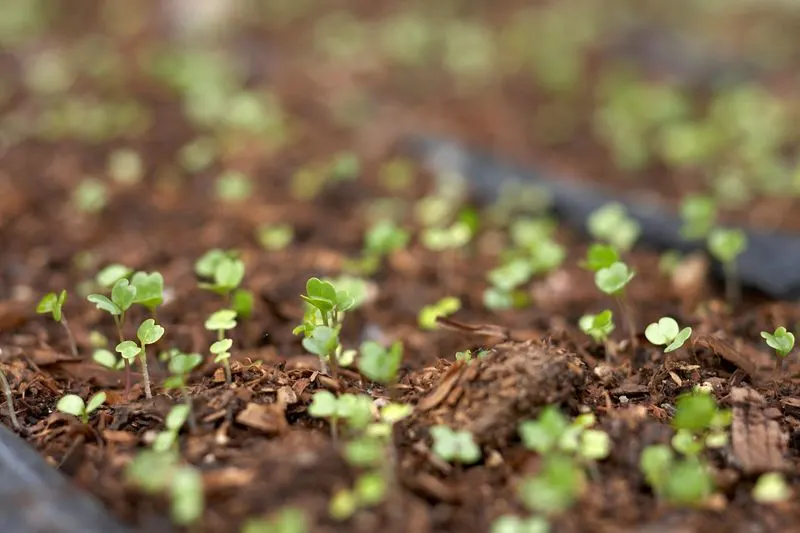
Timing plays a pivotal role in gardening success. Seeds often require specific planting times to ensure optimal growth, aligning with natural seasonal cycles. Seedlings, however, offer flexibility, as they can be planted even when the growing season is underway. This adaptability is beneficial for late starters or those looking to fill gaps in their existing garden. By understanding seasonal timing, you can optimize planting schedules to enhance growth and productivity. Synchronizing your gardening efforts with seasonal rhythms enables a harmonious and fruitful garden experience.
Sustainability Concerns
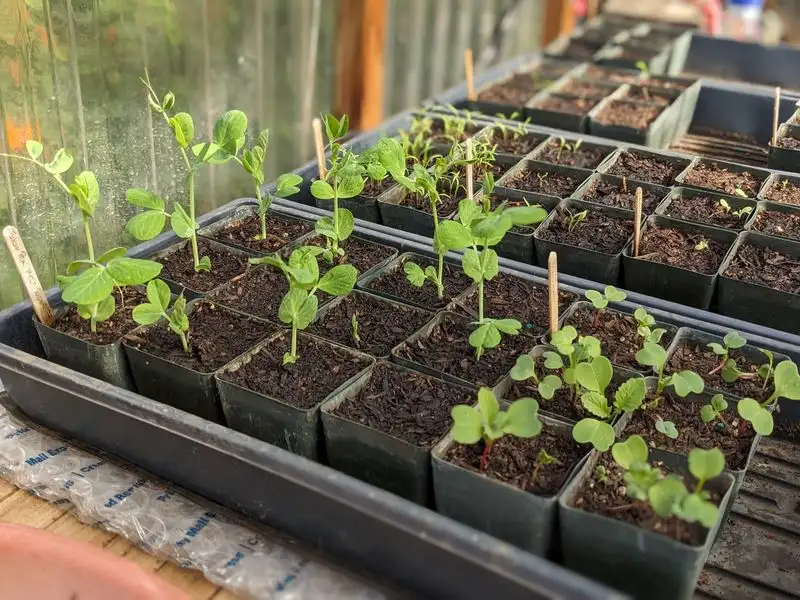
Sustainability can influence the decision between seeds and seedlings. Seeds tend to have a lower environmental impact, as they require minimal packaging and resources. They align with sustainable practices, promoting biodiversity and reducing waste. Seedlings, while offering convenience, often come in plastic pots, contributing to environmental concerns. Balancing convenience with ecological responsibility guides garden choices that are mindful of the planet. By prioritizing sustainable practices, gardeners can make a positive impact, nurturing their plants while considering the broader environmental footprint. This awareness fosters a more eco-friendly gardening approach.
Personal Preference
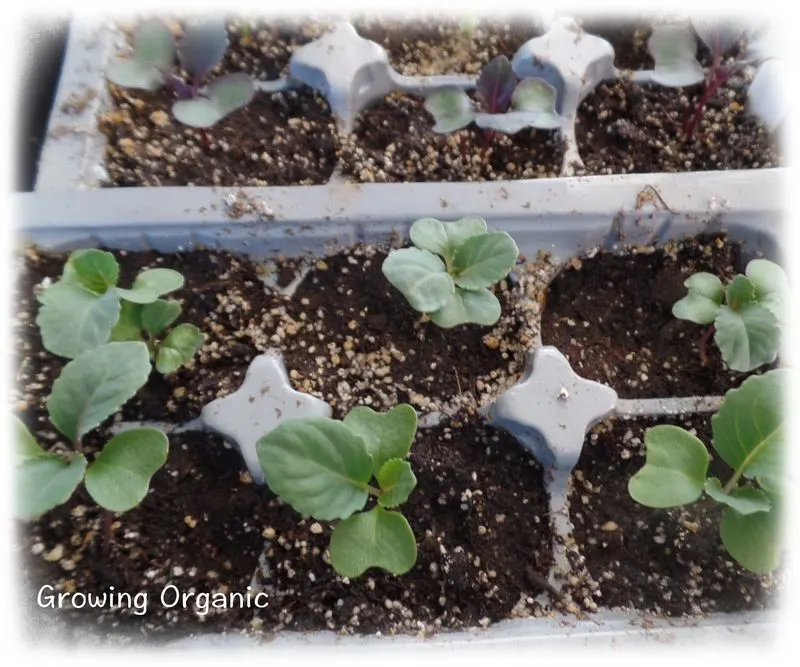
Ultimately, personal preference plays a significant role in the choice between seeds and seedlings. Some gardeners find joy in the entire lifecycle, from seed to plant, savoring the gradual growth process. Others may prefer the instant gratification seedlings provide, enjoying the immediate visual appeal. Understanding your gardening style and what brings you satisfaction will guide your decision. Whether you relish the meticulous care seeds require or delight in the assured growth of seedlings, aligning your choice with personal enjoyment ensures a fulfilling gardening journey. This personal touch adds meaning to the gardening experience.
Learning Opportunities
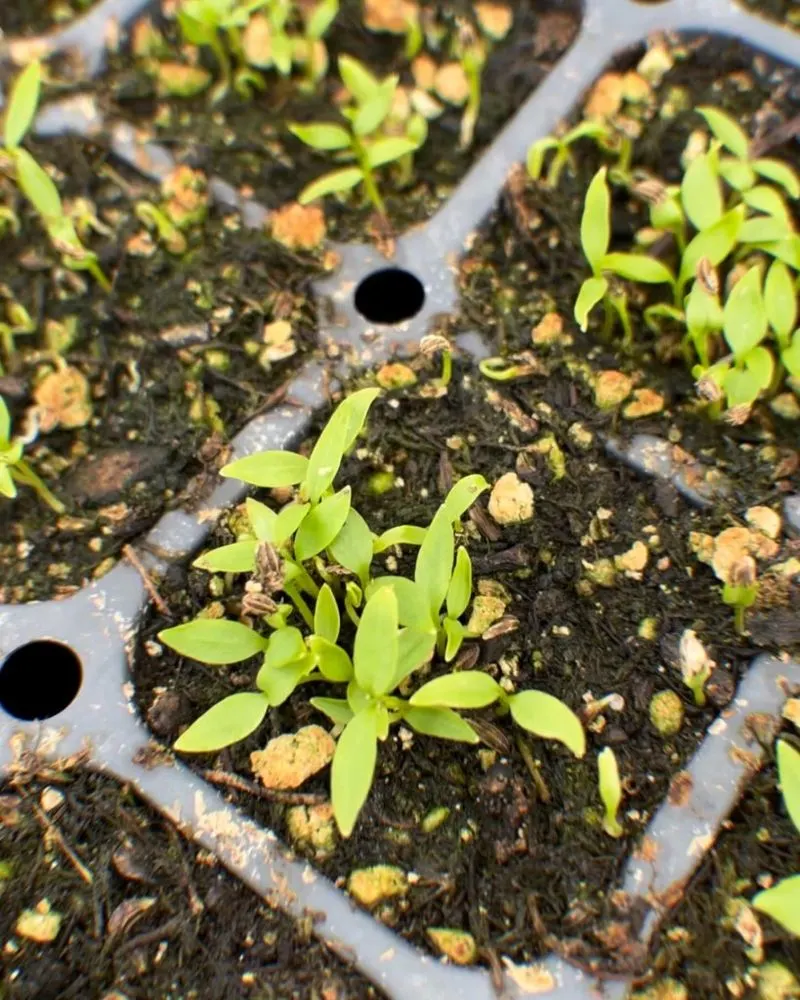
Gardening is a continuous learning journey, and the choice between seeds and seedlings offers distinct educational experiences. Seeds provide a deeper understanding of plant biology, allowing gardeners to witness germination and early development firsthand. Seedlings, on the other hand, focus on nurturing and maintenance, offering insights into plant care and growth stages. This educational aspect enriches the gardening experience, making it more than just a hobby but a source of knowledge and skills. Embracing these learning opportunities enhances personal growth and fosters a deeper connection with the natural world.

